ABOUT Sunrise Summit and Sacred Landscapes
Sunrise Summit is an online conference, Oct 13-14, 2023. ALL sessions will be recorded and available for viewing through February 10, 2024. Please note that CE Credits are available only for those sessions that are attended LIVE during the conference. In addition to having access to all of the Sunrise Summit recordings through February 10, 2024, attendees will also gain access to the three keynote recordings from the in-person Sacred Landscapes conference, which will be held Nov 8-11th, 2023 at the NL Headquarters in Brenham, TX (view full Sacred Landscapes schedule here). Sacred Landscapes registration INCLUDES Sunrise Summit! Sunrise Summit registration may also be purchased separately for those who are unable to attend Sacred Landscapes in person.
Sunrise Summit Schedule
FRIDAY, OCT 13, 2023
9:30 – 10:00 AM – Opening Ceremony: Gather, Arrive and Connect.
Bettina Shultz-Jobe will usher us to more deeply arrive into our spaces and our bodies, and guide us as we begin the practice of embodied online learning.
We’ll also share time together with special musical guests the Darling Daughters.
10:00 -10:30 AM – Break
10:30 AM – 12:00 PM – ReWilding the Psyche: The Transformative Power of Earth’s Landscapes – Keynote presentation with Mary Reynolds Thompson
“Tell me the landscape in which you live and I will tell you who you are.” -Ortega y Gasset
The mythologist Joseph Campbell wrote that more than meaning, “what we are seeking is an experience of being alive.”
And yet the modern world is structured to keep us tamped down and tame. It teaches us we are separate from the natural world, cut off from the great wildness that sings from mountaintops and calls to us in the river’s flow.
During this experiential talk, Mary will guide us through five Earth archetypal landscapes—deserts, forests, oceans and rivers, mountains, and grasslands––that hold essential aspects of our own wild psyches. As each of us finds our own particular way into the metaphors of the landscapes we start to see how these places are braided into the core of our being.
The vast emptiness and aridity of deserts; the mystery and darkness of forests; the flow and depth of oceans and rivers; the granite and grandeur of the highest mountain peaks; the sense of belonging we seek in the grasslands—all bring us closer to the core of who we are.
Enticing us, challenging us, illuminating us, Earth’s archetypes engage our deepest imaginations. In both their wounded states – as in mountaintop removal, clear-cutting, pollution – and in their pristine ones – pure streams, virgin forests, native grasses – they make clear that what we do to the Earth, we do to ourselves.
12:00 – 1:00 PM – Lunch
1:00 – 2:30 PM – Breakout Sessions
A Welcoming Practice: Creating a Space and Place for Clients, Equines, and Providers to Thrive – with Beverly Walsh
Whether you are new to Equine Assisted Services (EAS) or a “seasoned” professional, join us to share in practices that create a sense of welcome and safety for the clients, providers and equines in order to thrive and offer their highest good.
We enter into the field of Equine Assisted Services to do good. Yet in order to do good, a practice must be sustainable; financially, physically, emotionally, socially, spiritually. Daily practices that support the business of doing business will be presented.
In this workshop you will:
- Be presented with ideas regarding the practice of creating a welcoming space and environment that allows for the sense of safety and wellness necessary to get to our highest good.
- Learn how to be in a practice that creates an invitation so that clients, equines and providers can stay in a sense of flow that allows all to be effective, connected, and regulated in good and challenging circumstances.
Research on the Benefits of Horses Satisfying Attachment Deficits and Depression – with Dana Kasper, PhD, LPCC
Brain development in infants is dependent on having a predictable, consistent, warm caregiver in a safe environment within close proximity for establishing a secure attachment.
Secure care creates the infant’s internal working model that determines a human’s self-concept and their view of others and the world. These internal mental structures, or schemas are constructed in response to how they were cared for and determines their ability to regulate emotions when upset.
Intermittent care, harshness, or neglect may result in psychopathology, which often includes depression. An absence of innovative treatment approaches aiming at attachment deficits and depression exists (Bowlby, 1969; Maroney, 2003; NIMH, n.d.; Nuccini et al., 2015; Read et al., 2014; Sanders & Hall, 2018).
Examining the centrality of attachment and attunement within the context of safety is presented from the neurobiological perspectives of attachment and social engagement theories.
Research on factors salient to Equine-Assisted Psychotherapy (EAP) and related to attachment deficits and depressive symptomatology will be reviewed.
Outcomes will be presented from research that includes but is not limited to the psychobiological elements reported to increase the bond between humans and horses. For example, concepts of safety, sensitivity, and attunement are found to be germane aspects of EAP in the treatment of mental health disorders.
Practical applications of these findings will be presented for working with others when providing EAP.
2:30 – 3:00 PM – Break
3:00 – 4:30 PM – Breakout Sessions
Home on the Ranch, 23 Years Lessons Learned in an EAS Practice – with Cynthia Rank-Ballas
Cynthia Rank Ballas will share her 23 year experience of owning her own equine psychotherapy practice and working at home. In this experiential presentation she will share the glory and the hardships of managing contracts and how to hone in on the ideal match for your talents and experience to help others heal.
There is a tremendous need for our work, but be careful what we wish for, it may come true!
We will ponder how to embrace the responsibilities involved, how to create long term successful relationships with co-facilitators and staff. How to protect our private space and open our ranch to the healing for clients, creating healthy boundaries for both.
We will discuss the importance of minimizing risk, and how to feel safe and protected.
Group members will participate in somatic exercises both for the staff and the clients. We will create an opening for celebration and how to focus on what is working and create a pathway for personal and professional success.
We will discuss how to avoid burnout. We will share the magic of Touched by a Horse medicine cards to provide additional support and wisdom, adding tools for creating insight and celebration on our journey.
Cynthia began her journey in 1998 with Adventures in awareness, was a member and certified by EAGALA in the early years, now holding her professional certification with the Association for Interactive Equine Professionals. Her interest in Neuroscience and connection has led her to join up with Natural Lifemanship, and continue a life of learning. She has presented at conferences, most recently for the Spirituality Conference at Southwestern College.
Exploring the Framework of Healing Stories: How to Gently Guide Unfolding Stories Toward Positive Change – with Bill Woodburn
Join us in exploring the concepts and structures behind what makes a story healing and how to gently guide unfolding stories toward positive change. We will challenge seeing stories as just distractions and explore practical counseling skills to transform repetitive, closed stories, into healing moments.
Are you attending the Sacred Landscapes Conference in November? If so, the session with Bill will provide important foundational concepts that will guide your experiential learning on site with him. We encourage you to attend live or watch the recording of this session before attending Sacred Landscapes.
4:30 – 5:00 PM Break
5:00 – 6:30 PM Breakouts
Building the Business of Your Dreams with Your Heart, Your Soul and Your Mind – with Shannon Knapp
All of us in EAS are passionate about making this amazing healing work available in our community, AND we also need to think about HOW to make it work for all of us: the community, the horses & people, and also the bank account!
I know when I started, I loved horses and wanted to help people, but knew NOTHING about running a business. Since then I’ve learned many, many lessons, good and bad, culminating in our celebrating 20 years of helping horses and humans!
Join me for a look at the biggest missed step in opening your EAP/L business, as well as the top three choices I’d change if I could go back to opening Horse Sense of the Carolinas 20 years ago.
We’ll also have ample time for Q & A, so bring your questions!
Our Internal Tribe: The Internal Voices Formed Through our Identity Development and Family Messages – with Carol Joy Hollis-White
Within each of us is a tribe of voices that have been formulated through our identity development and family messages. Presentation offers a visual and o formative representation of the tribe that makes up our “identity pie” As the song by Sarah Bareilles says, “mixed up and baked into a beautiful pie”.
Objectives:
- Understand identity development
- Understand and identify internal tribe
- Understand and identify messages that are carried by each voice in the internal tribe.
- Learn which voices need to be strengthened and which voices need to be given less power in order to create balance.
SATURDAY, OCT 14, 2023
9:30 – 10:00 AM – Gather and Connect: Our community will gather, connect and prepare for the day, together! Bettina Shultz-Jobe will usher us to more deeply arrive into our spaces and our bodies, and guide us as we begin the practice of embodied online learning.
10:00 – 10:30 AM – Break
10:30 AM – 12:00 PM – The Origins of Movement and Repatterning of Motor Skills to Support Transformation and Healing – Keynote presentation with Mark Taylor
In this presentation, Mark Taylor will outline the Basic Neurological Patterns: the embryological, fetal, and infantile processes through which mammals and humans develop the ability to move in space and interact with their environment.
We all have strong movement patterns and underdeveloped ones, the combination of which produces our unique styles of thought, perception, behavior, and expression.
When the movement patterns are balanced, we call it the Satisfaction Cycle: the capacity to yield, push, reach, grasp, and pull—the fundamentals of our movement vocabulary.
By understanding the cycle and the patterns, we can invite in the process of repatterning—the reorganization of motor skills that support transformation and healing.
Are you attending the Sacred Landscapes Conference in November? If so, Mark’s session provides important foundational concepts that will guide your experiential learning on site with him. We encourage you to attend live or watch the recording of this session before attending Sacred Landscapes.
12:00 – 1:00 PM – Lunch
1:00 – 2:30 PM – Breakout Sessions
Processing Traumatic Memories: A Principle-Based Introduction to an Embodied and Multi-Modal Approach – with Bettina Shultz-Jobe, Kathleen Choe, and Kate Naylor
What is it that really helps a person process a traumatic memory?
With a variety of modalities in the field of trauma it can be difficult to know which to choose – however, underlying all of these modalities are a shared set of principles that guide the work.
In this presentation, led by our Co-Founder and CEO, Bettina Shultz-Jobe, along with NL trainers and leaders Kathleen Choe and Kate Naylor, we will explore common trauma processing principles; not just techniques, but the principles that fuel their effectiveness.
Drawing from approaches like SE, EMDR, IFS, TIR, Somatic Movement and Psychodrama – the presenters will offer an introductory look at NL’s revolutionary and embodied multi-modal approach to the healing of trauma.
This presentation will teach concepts, principles, and techniques that we will then demonstrate and practice experientially at Sacred Landscapes.
Are you attending the Sacred Landscapes Conference in November? If so, the session with Bettina, Kathleen, and Kate will provide important foundational concepts that will guide your experiential learning on site. We encourage you to attend live or watch the recording of this session before attending Sacred Landscapes.
Integrating the Internal Landscape for External Connection: Utilizing Rhythm, the 8 Beat Cycles, Interoception, and Energy to Create a Safe and Sacred Space for Healing – with Fritzi Glover-Strowmatt
The relationship between interoception and energy is key to connection with self and other living beings. Awareness is key to keeping the rhythm of the session connected and congruent for progress.
Exploring the internal landscape of regulation and how it affects the external connections with the environment is essential for creating a safe and sacred space.
Exploring the neuroscience of rhythm and how to utilize a beat to create regulation and interoception for optimal awareness. The how is in eight beat cycles integrating the right and left hemispheres.
2:30 – 3:00 PM – Break
3:00 – 4:30 PM – Breakout Sessions
Neither Here Nor There: Supporting Immigrants through EAS as They Find a Sense of Place in a New Land – with Kathleen Choe
Immigrants often struggle with having a sense of place. They may have lived away from their country of origin long enough to not feel they belong there any longer, but may never feel that they belong in the country they’ve chosen (or been forced to) to live in either.
This workshop outlines the experiences involved in adapting to new places and the challenges of creating safe spaces both internally and externally to create a sense of belonging: a place to call home.
The nuances of language, especially in understanding the vocabulary of emotions in a new culture, and the baffling and often confusing decoding of customs and mannerisms across cultures will be addressed in depth.
Changing the World One Relationship at a Time: Advocacy & Systemic Change Thru A Relational Lens – with Sara Sherman
In our rapidly evolving world, where systems and structures are continually adapting, it becomes increasingly evident that a transformational force is needed to navigate these changes successfully.
It’s a force grounded in the very essence of our humanity – our capacity for connection, empathy, and understanding. This force is harnessed through relationships.
Relationships ARE the vehicle for change.
It is this guiding principle that lies at the heart of this presentation. To truly effect change on a systemic level, we must commit to embracing the principles of secure attachment in every facet of our lives. It requires us to venture beyond our comfort zones and adopt these principles as a way of being, understanding that connection and perfection cannot coexist.
Our relationships, with ourselves, with others, and with the world around us, are the vehicles through which we can catalyze profound and lasting transformation.
Join Sara Sherman as she shares her personal journey of embodying these principles in all aspects of her life. She will shine a light on the highs and lows, the successes and challenges, and the transformation that has occurred through this practice. Transformation within herself and her personal relationships, her organization and team, collaboration with outside organizations and with the community at large.
Sara’s journey is not just an individual story; it is an invitation for all of us to join in this embodied movement toward systemic change. It’s a call to action to infuse these principles into our professional work, our organizational structures, and our communities. Through her experiences, we will gain insight into how these principles can be a catalyst for positive change on a broader scale.
4:30 – 5:00 PM – Break
5:00 – 6:30 PM – As Little As Necessary, As Much As Needed: A Discussion of Intentional, Principle Based Equine Care – Keynote presentation with Kate Naylor in conversation with Tim Jobe and Tanner Jobe
The basics of equine care varies quite a bit from farm to farm, from place to place – often, we are bound by logistical constraints and the status quo of convention. But, what might it look like when we can build a herd, and a farm, from the ground up…and with the principles of Natural Lifemanship as a guide? Could we build something that allowed our equines to grow into their fullest, most authentic selves? Could our relationships with them support this, rather than hinder it?
And even if we can’t build from scratch, how can we approach herd management with intention and purpose each day? Living Natural Lifemanship principles doesn’t just change how we are in the round pen – it influences each moment, and each choice we make.
Join Kate Naylor as she speaks with NL’s Co-Founder, Tim Jobe, and NL’s Director of Equine Professionals, Tanner Jobe. Learn how they operate from the principles of Natural Lifemanship each day – from the strategic planning of spaces and places for their equines to gather, to the often rote task of feeding each morning, and everything in between.
6:40 – 7:00 PM – Closing Ceremony with the Darling Daughters
Remember – all sessions will be recorded and shared with ticket holders, so even though you can only attend one live, you’ll have access to both presentations in each time slot until February 10th, 2024. CE’s are only available for live attendance.
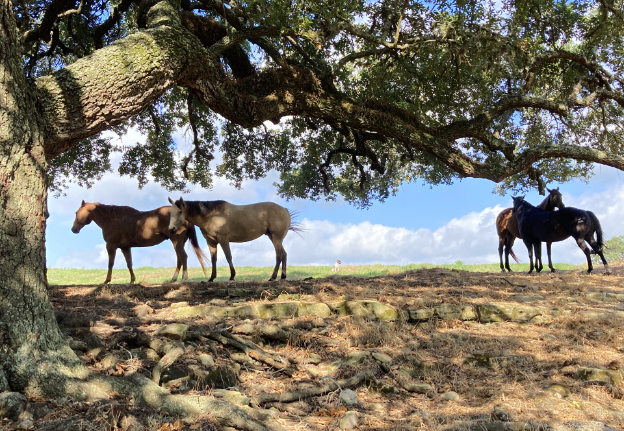

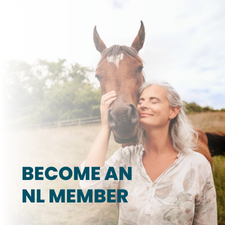
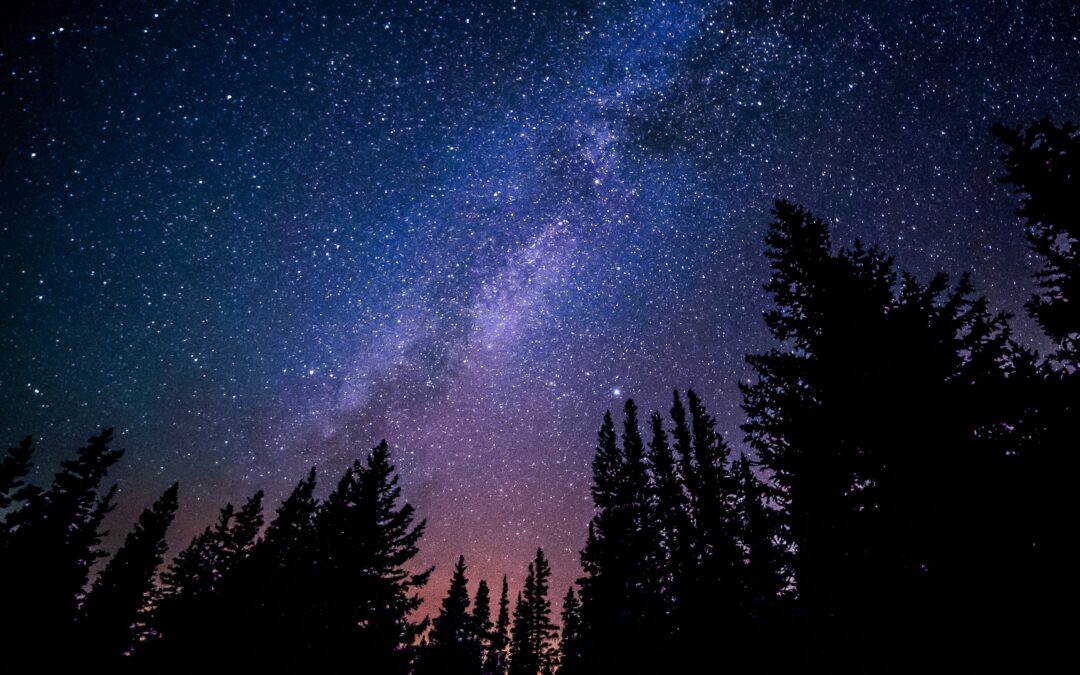
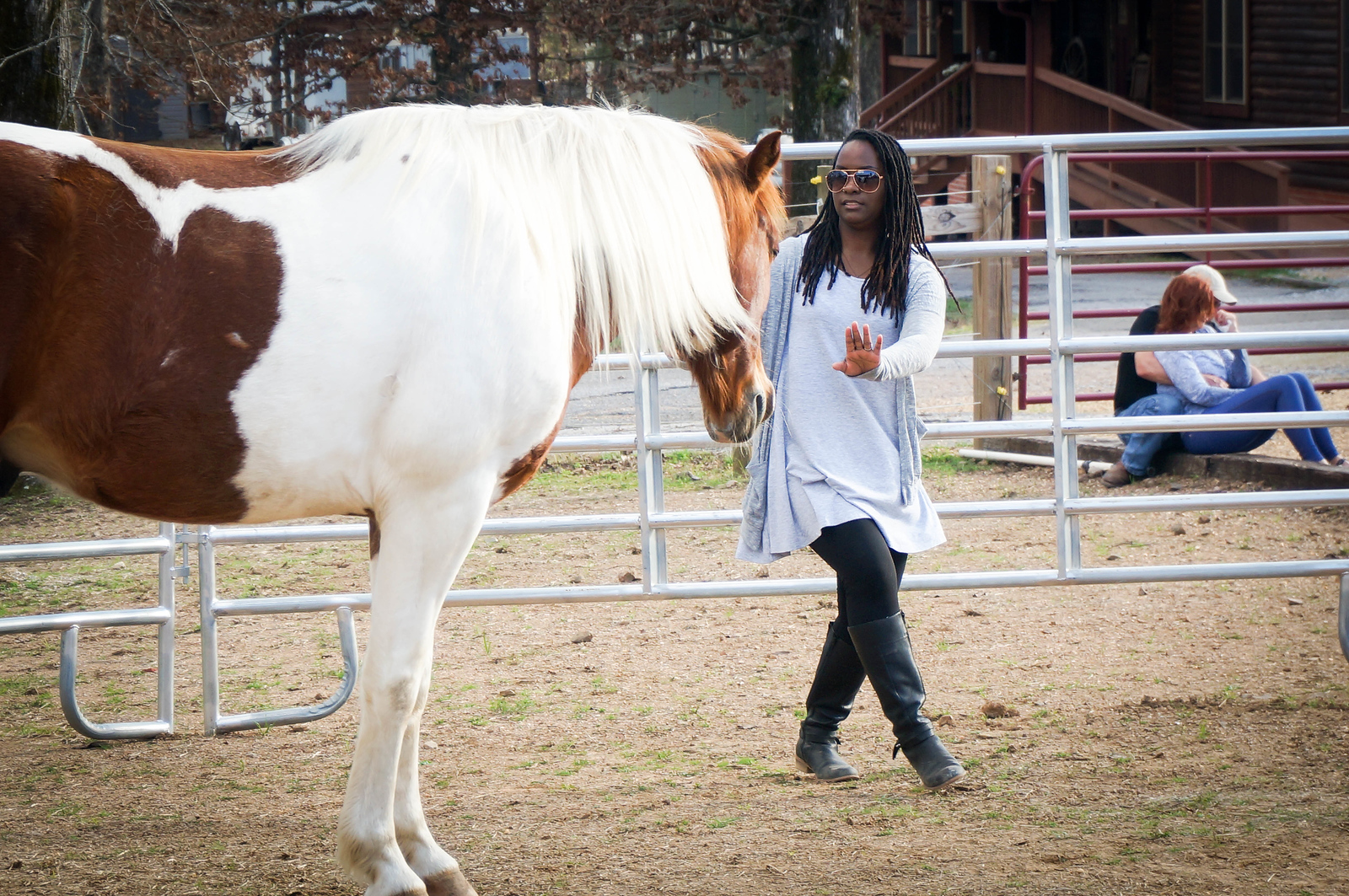
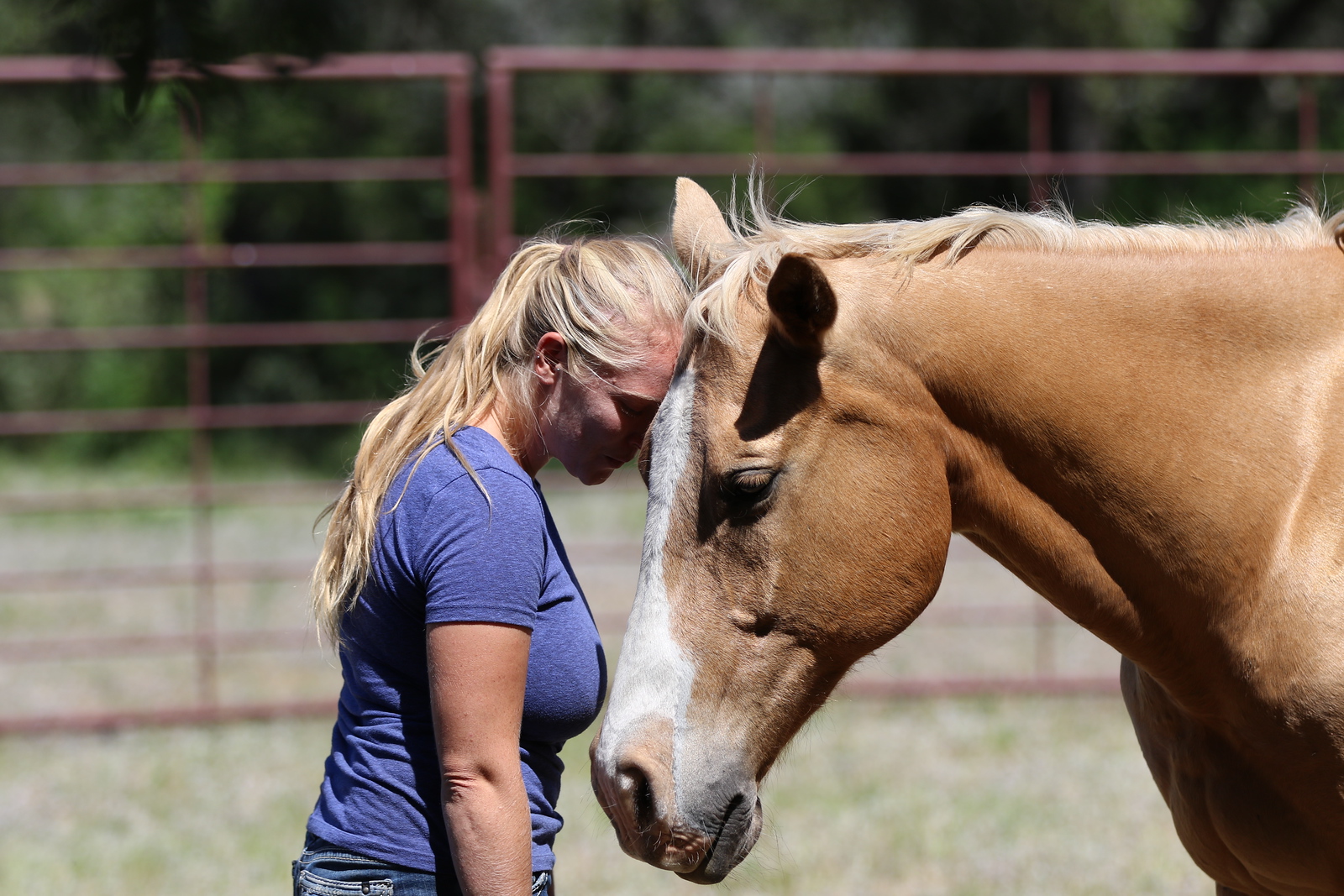
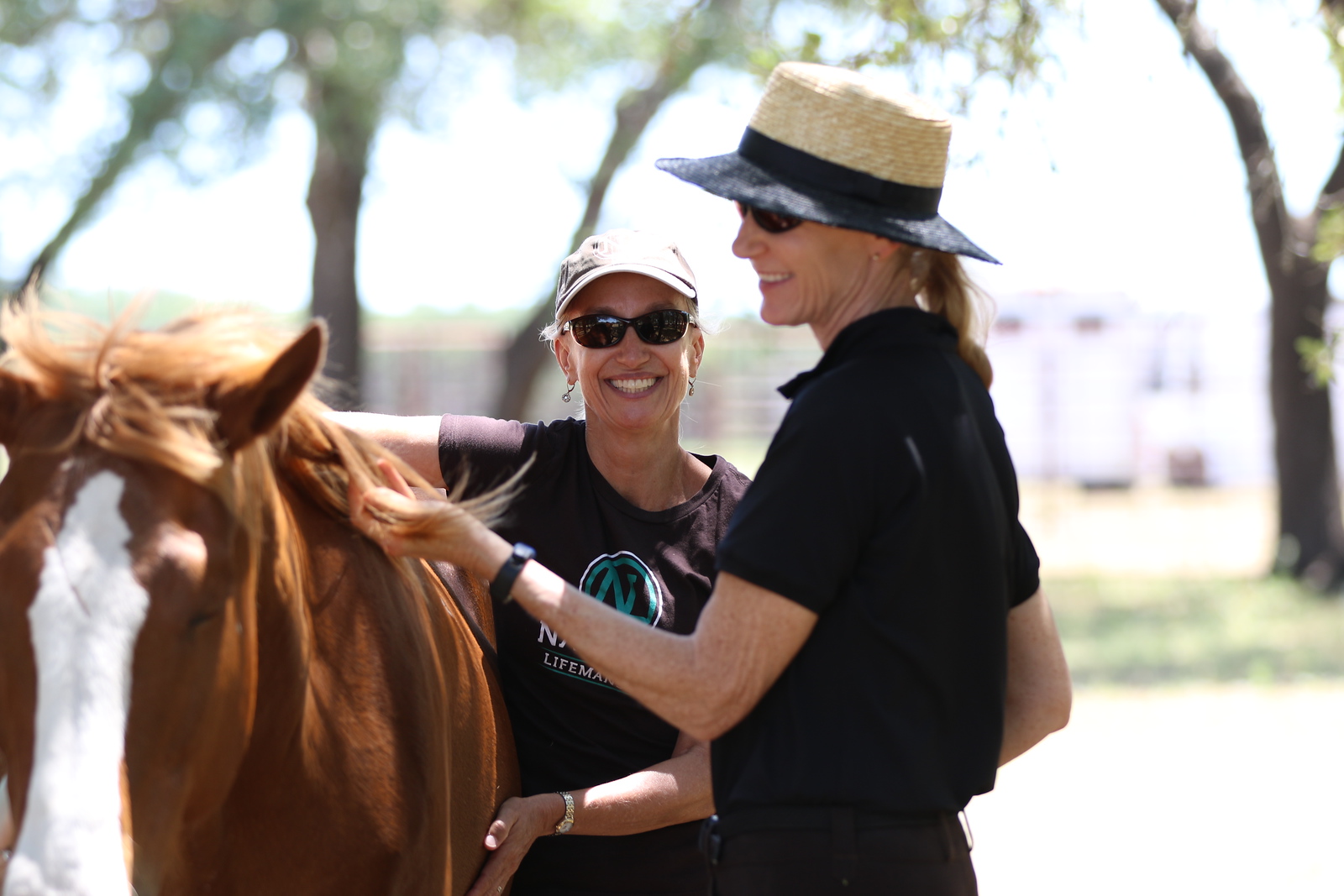
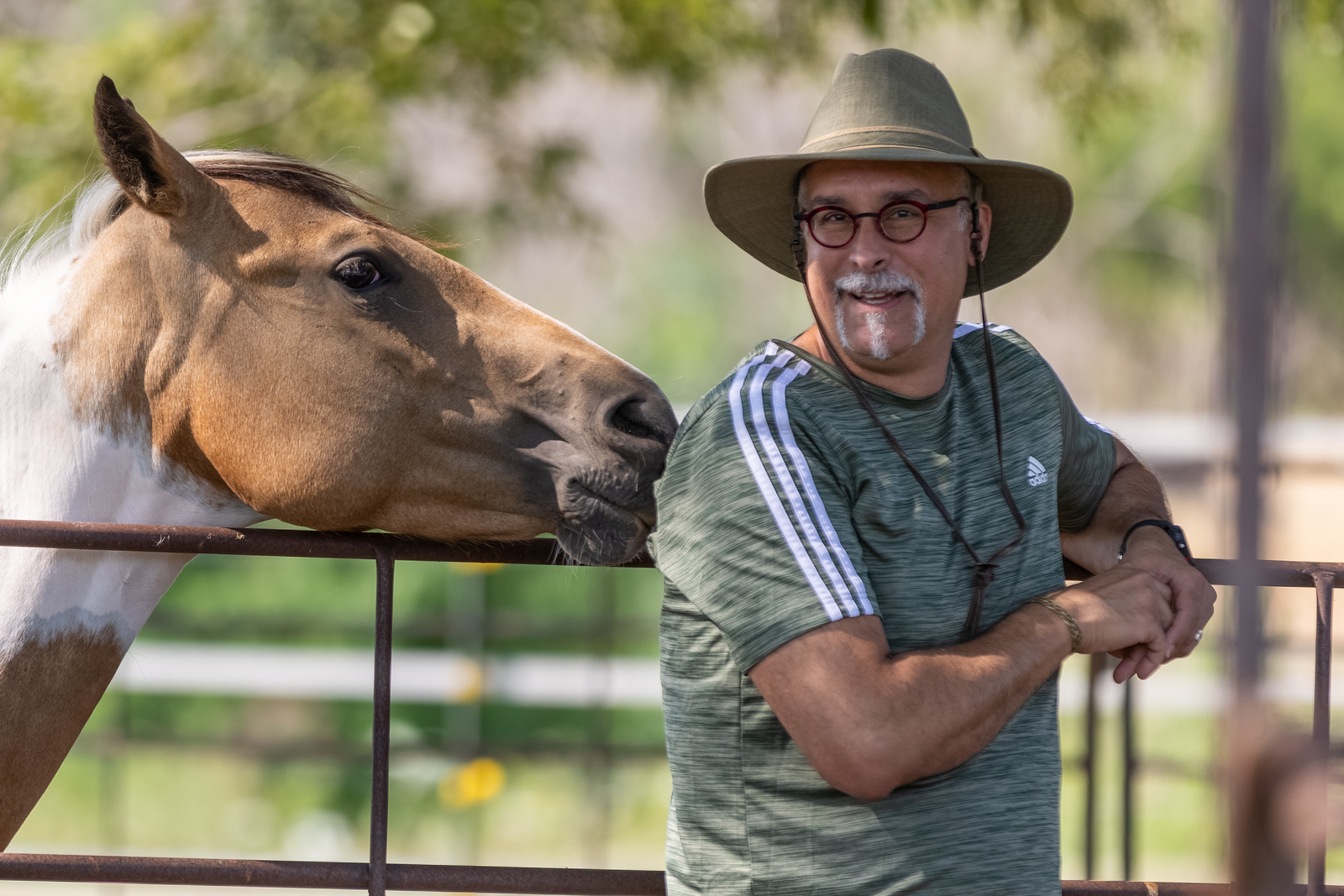
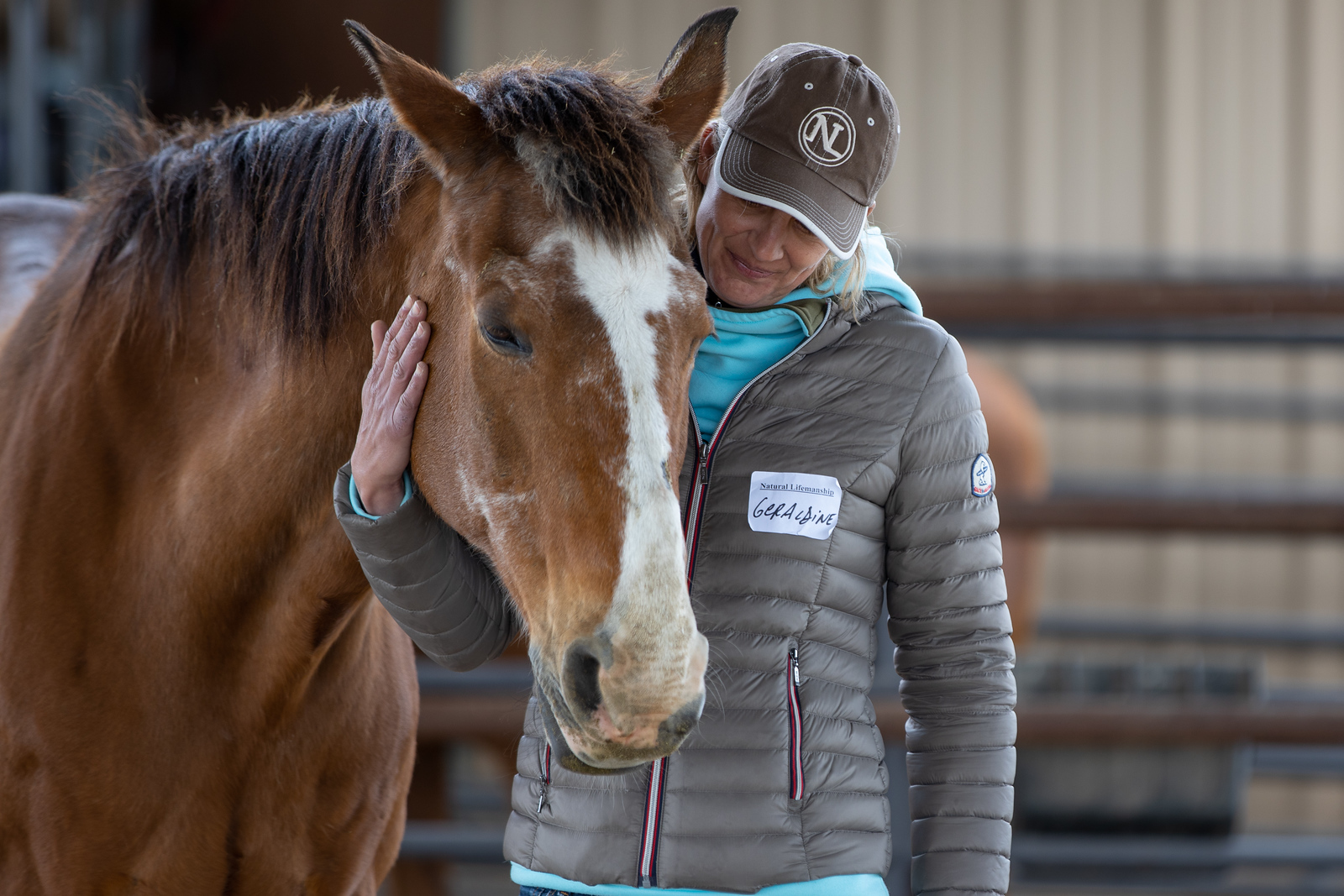
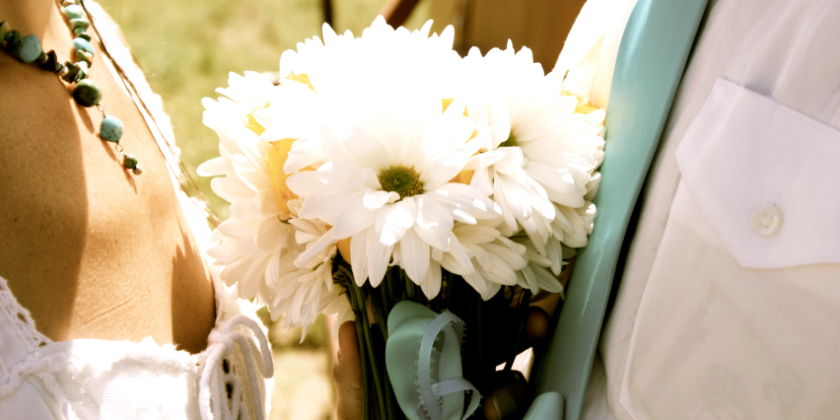
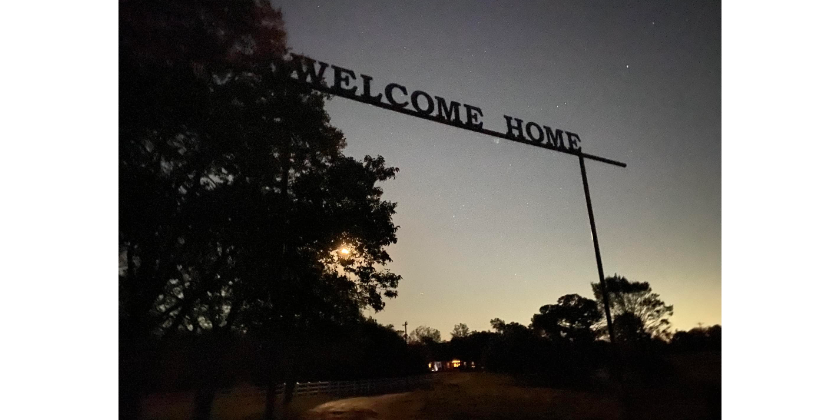

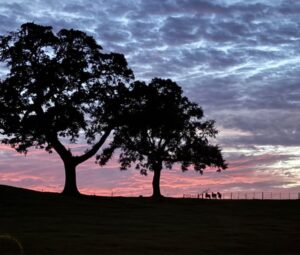

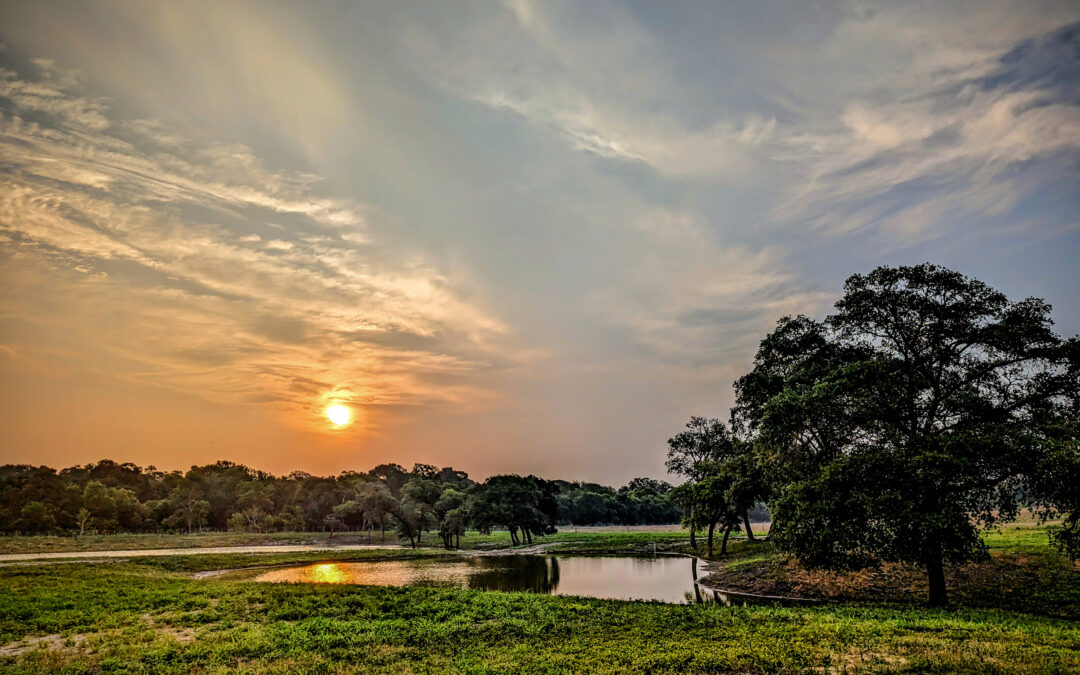
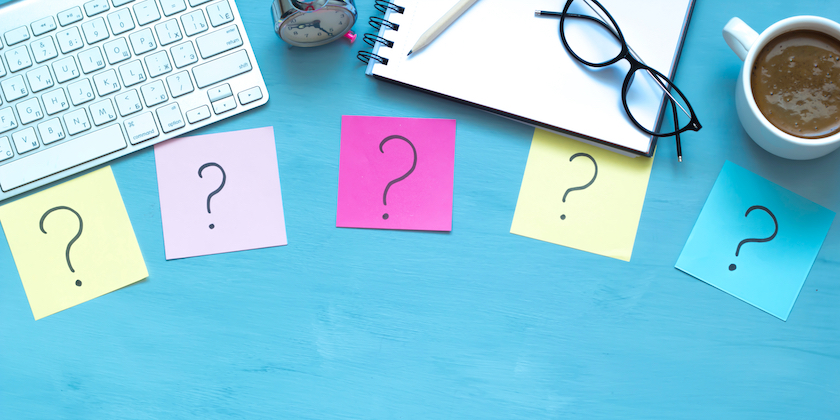
Recent Comments